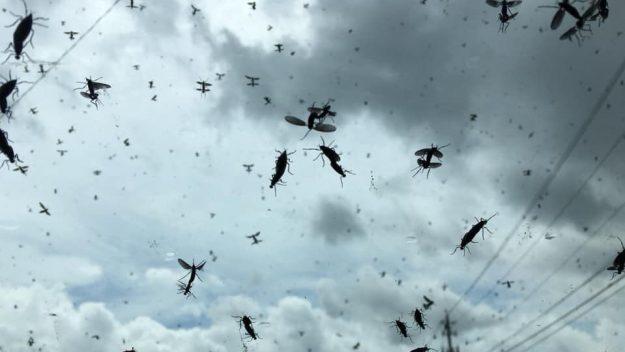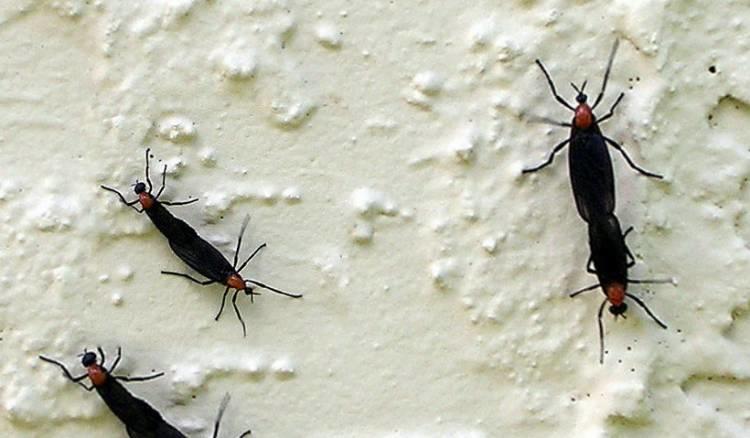Lovebug may sound like a cute name to call your significant other, and that might be true, but you may want to think twice about using that name for your significant other once Lovebug season is upon us. That's because Lovebugs are a real bug that no one would ever describe as loving.
Depending on the time of the year, there is always a creature or two that sprouts up and makes life a little worse. There are the typical annoyances like mosquitos or gnats, but then there are the ones we don't think about until our car window is in need of a serious wiping. Of course, I'm talking about lovebugs.
Yes, Lovebugs are a real thing despite their very silly name, and they can be a huge annoyance, especially for those of us who don't like washing our cars. This article is going to break down some myths about love bugs and give you some tips on how to deal with them.

Lovebugs can be a maddening insect, causing messes and distress in the short amount of time that they live. Lovebugs only live for about three or four days, but in that time they end up getting absolutely everywhere. Cyclists and joggers routinely get them in their mouths, or even worse, swallow them. They smash against windshields, and they can practically paint a wall black with their high numbers. That means someone has to clean them off that wall.

It's no doubt that these insects are annoying, but there are plenty of incorrect myths that circulate about them. Like that the white spots they leave behind on cars could damage the paint, or that they can spread disease when they bite. It's even been rumored that they are genetically created to combat mosquitos.
Luckily an entomologist at University of Florida, Norman Leppla, had dedicated himself to setting the record straight on Lovebugs. Leppla debunks the rumor that Lovebugs were genetically created to combat mosquitos because for one, they don't even eat mosquitos. Nor were they genetically modified. Lovebugs came from Central America. Leppla describes how they got here in his presentation, ""They came to Florida just after World War II, we think pretty much by themselves, across the Yucatan. And they radiated across to Florida, and we had a lot more of them then than we do now."

The Lovebug swarms only last a few weeks in May and September, though they are always around. Exhaust fumes from cars or other engines end up attracting the Lovebugs, which is why they end up on so many car windshields.
As for the name Lovebug, the way these insects mate is that there is an eight to one ratio of males to females who are all competing for her attention. That's what causes their swarms. Regarding their danger to humans, Leppla explained in his video that "lovebugs have no risk to human health whatsoever. They don't transmit diseases ... They couldn't bite you if they wanted to."

There is danger to your car's paint job, however, so Leppla recommends that you soak the surface with water, and then scrub so that none of your paint gets chipped. Don't get too mad at the Lovebugs though. They can be useful. Leppla said, "They tell us when it's going to be summer. They tell us when it's going to be fall, when they come out in September. So they're kind of an organism that brings in the seasons."